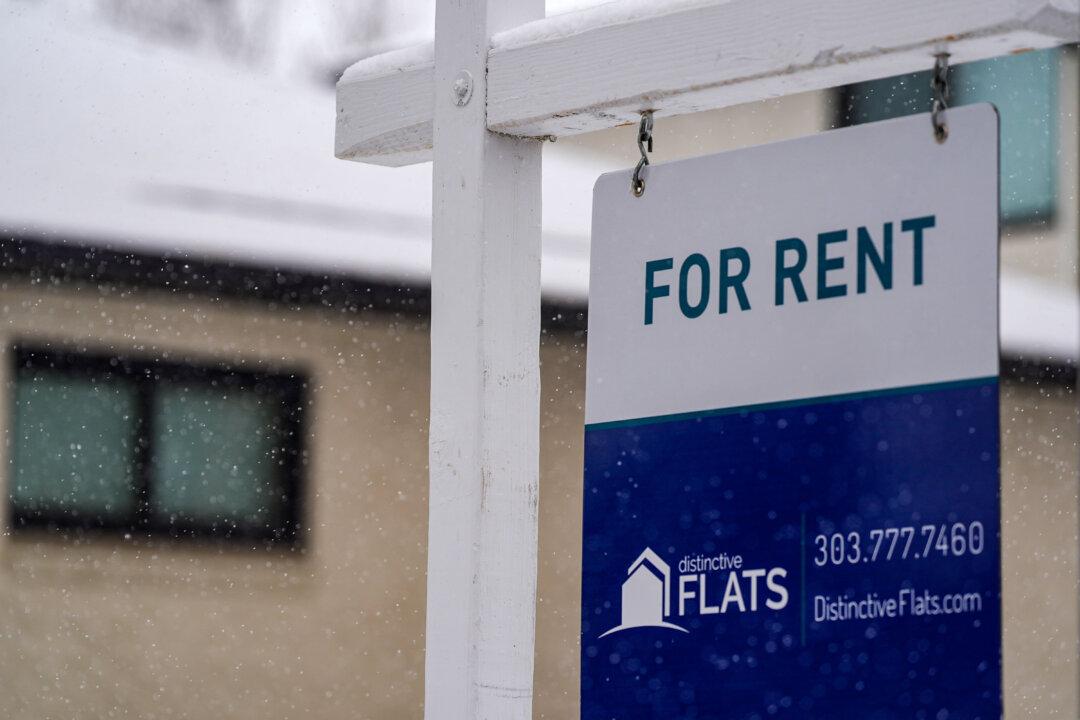The company cited the milder weather of the spring season and looming graduation as triggers of upward pressure on rents during this time of the year.
Single-family rents were up 0.6 percent on a monthly basis in March at $2,223, while rents for multifamily homes rose 0.7 percent, to hit $1,849.
“As renters actively pursue smaller, more affordable options and the pace of new apartment development slows, competition for multifamily rentals is rising,” the report said.
“Meanwhile, limited options and high costs in the for-sale market are causing potential home buyers to delay their purchases, leading many to seek single-family rentals as an alternative.”
Zillow said single-family rental properties were “moving further out of reach” for the typical U.S. median household.
Households earning a median income need to spend 32.6 percent of their earnings on a typical single-family rental unit. In contrast, renters only have to spend 27.1 percent of their income to meet housing costs in a multifamily property.
Overall, the median household is allocating 29.4 percent of income to cover rental costs, close to the 30 percent threshold recommended by experts.
“This figure underscores the persistent affordability challenges faced by renters,” the report said. “Even as U.S. home price growth slows to a crawl under increased economic uncertainty, rental market demand persists.”
This was the fastest pace of growth for rental households since 2015, excluding the 2021 pandemic-era rebound.
Arbor attributed the increase in renter households to home affordability challenges, better supply in the market, and shifting household preferences.
Zillow highlighted the easing down in rental concessions, which it said fell for the first time last month since 2022. Less than 40 percent of landlords are now offering short-term concessions, the company said.
The report predicts landlords will likely reduce the incentives further as competition in the rental market heats up.
Buying versus Renting
Americans now need to make $116,633 annually to afford the median-priced home for sale, which is 81.8 percent more than the $64,160 required to rent a typical apartment, real estate brokerage Redfin said in an April 10 statement.Two years back, a person needed to make only 54.5 percent more than what was required to afford a typical rental unit.
Redfin attributed the rising gap between the income needed to buy a home and renting an apartment unit to the cost of purchasing a house rising faster than the cost of renting.
Following an influx of newly built apartments, rents have now stabilized below their record high levels, which gives renters more options and makes it more difficult for landlords to raise rental prices, the brokerage said.
“It has become increasingly challenging for American renters to make the shift to homeownership thanks to the triple whammy of rising home prices, high mortgage rates, and a shortage of houses for sale,” said Redfin senior economist Elijah de la Campa.
“The gap between what someone must earn to buy versus rent may shrink in the coming months, but only because rents are expected to rise as the number of new apartments hitting the market tapers off due to a construction slowdown.”
Bismarck, North Dakota, was identified as the most affordable city for renters for the second consecutive year, with people renting homes in the city only paying 15.3 percent of their yearly income to cover these costs.
The highest rent in the country was in Miami, Florida, where renters have to pay 33.5 percent of their incomes on rent.







